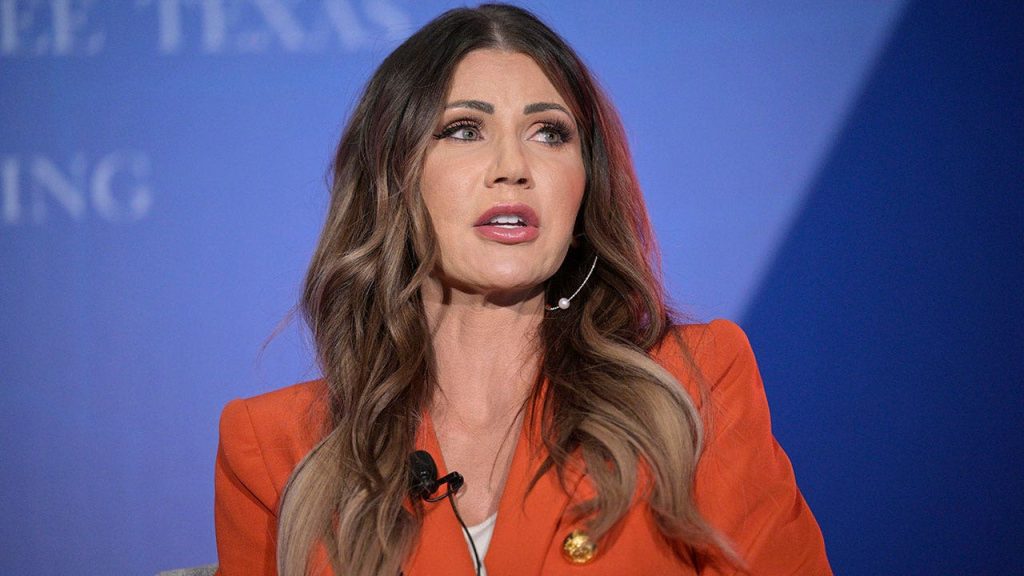Super Bowl LIX, the culmination of the 2024 NFL season, is poised to take center stage in New Orleans, amidst a heightened focus on security following a tragic New Year’s Day terror attack in the city. Secretary of Homeland Security, Kristi Noem, addressed concerns during a pre-Super Bowl press conference, assuring the public that there were no credible threats to the event. While acknowledging the escalating global security landscape, she emphasized the commitment to safeguarding the homeland and ensuring the safety of attendees. This assurance came as a welcome relief to many, especially in the wake of the January 1st attack where a terrorist drove a truck through crowds on Bourbon Street, resulting in numerous casualties.
The NFL, in conjunction with various law enforcement agencies, orchestrated a comprehensive security plan for the Super Bowl, involving federal, state, and local authorities. Cathy L. Lanier, the NFL’s chief security officer, joined Noem at the press conference, underscoring the league’s dedication to a safe and secure environment. Other officials present included Eric DeLaune, Homeland Security Investigations special agent in charge, Col. Robert P. Hodges, Louisiana State Police superintendent, and Anne Kirkpatrick, New Orleans Police Department superintendent. This collaborative approach aimed to leverage the expertise and resources of multiple agencies to mitigate potential risks.
Noem highlighted the importance of preserving traditions like the Super Bowl, emphasizing the collective effort to ensure a secure environment for all participants. She acknowledged the unique cultural significance of the event and the need to balance celebration with vigilance in response to the current global security climate. With an anticipated influx of over 125,000 visitors into New Orleans for the festivities, the city prepared for a week-long celebration leading up to the game, while simultaneously prioritizing safety measures.
The security plan encompassed a multi-layered approach, with law enforcement personnel deployed throughout the city, particularly around the Superdome and downtown areas. Specialized units, including the FBI and Secret Service, were integrated into the security framework, supplemented by rooftop snipers, armored SWAT vehicles, and other tactical resources. Federal air marshals were strategically positioned at transportation hubs to monitor for suspicious activity and safeguard against drone threats, given the existing ban on drones around the Superdome and downtown New Orleans.
Stringent measures were implemented around the Superdome, including blast barriers and mandatory X-ray screenings for trucks entering the perimeter. This mirrored security protocols typically seen at border crossings, reflecting the heightened level of precaution surrounding the event. Bomb-sniffing dogs, enhanced security infrastructure, and increased manpower further reinforced the commitment to ensuring public safety. These comprehensive security arrangements extended beyond the Super Bowl, overlapping with the commencement of New Orleans’ renowned Mardi Gras season.
The authorities aimed to create a secure environment not only for the Super Bowl but also for the subsequent Mardi Gras festivities, assuring residents and visitors of a safe and enjoyable experience. Phillip Constantin, an advisor with the U.S. Cybersecurity and Infrastructure Security Agency, confidently proclaimed New Orleans as the safest place in the country during this period. The combined efforts of various agencies and the implementation of robust security measures aimed to transform New Orleans into a haven of safety amidst the heightened global security landscape and the city’s ongoing recovery from the recent terrorist attack.

